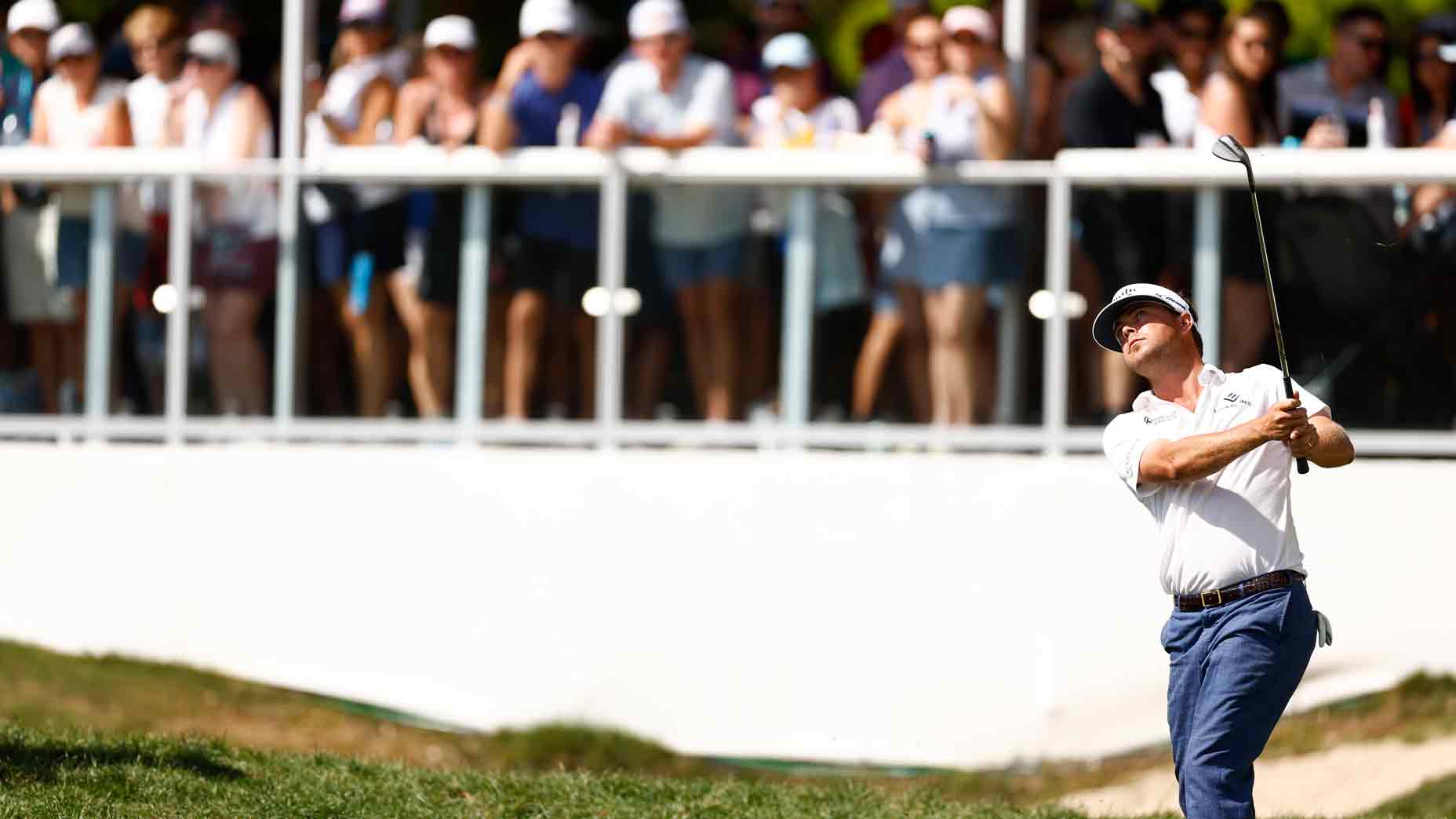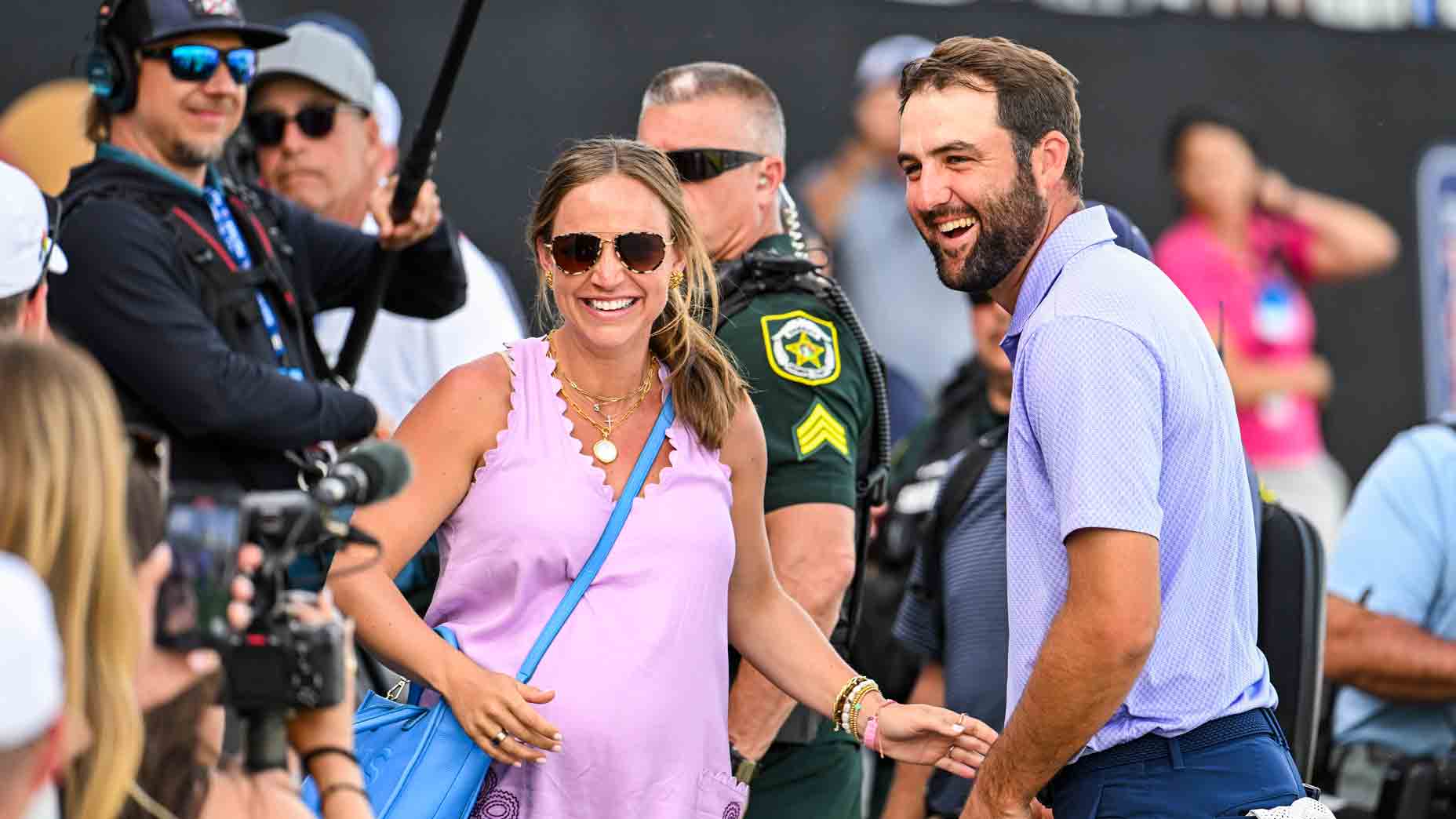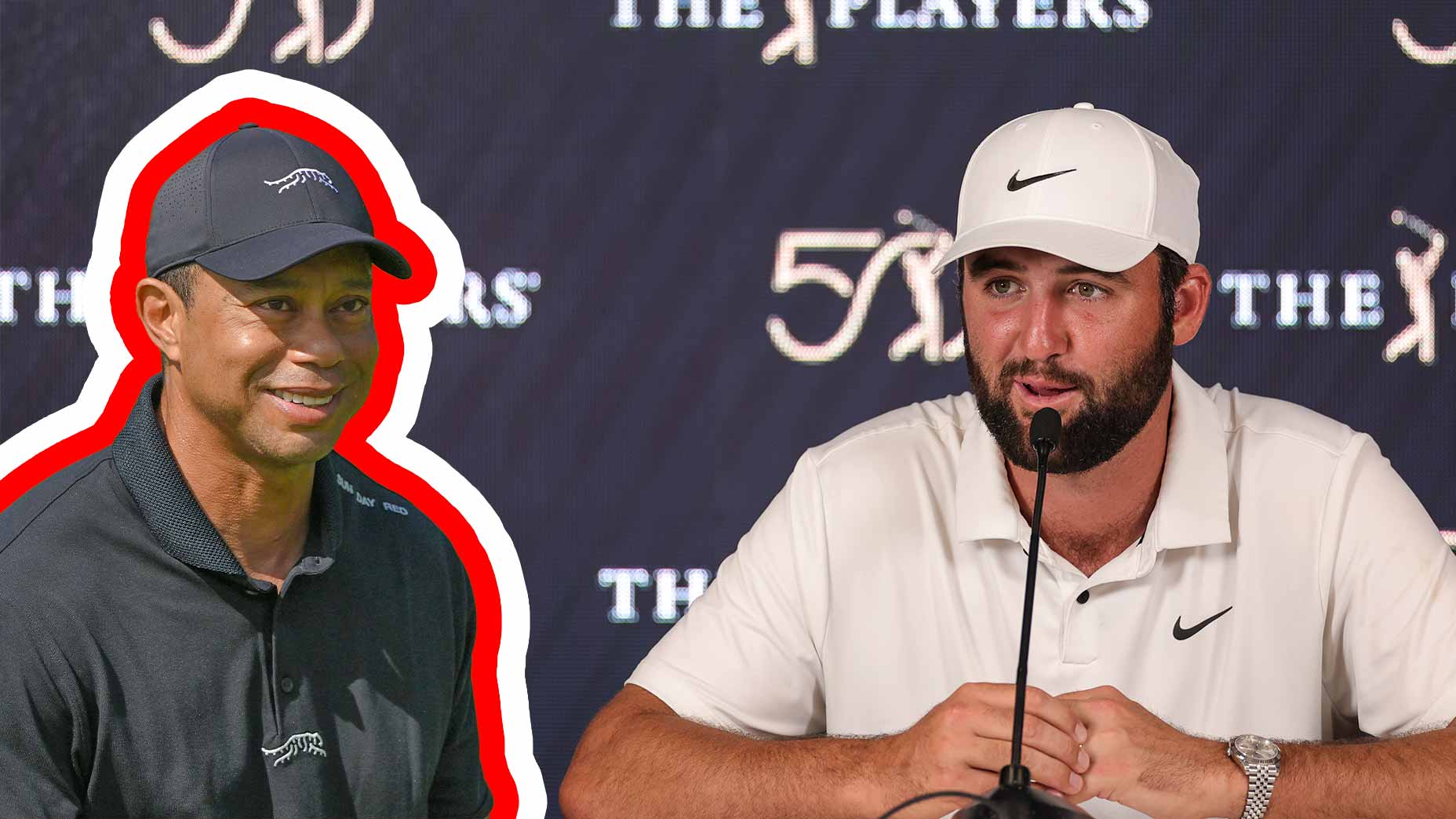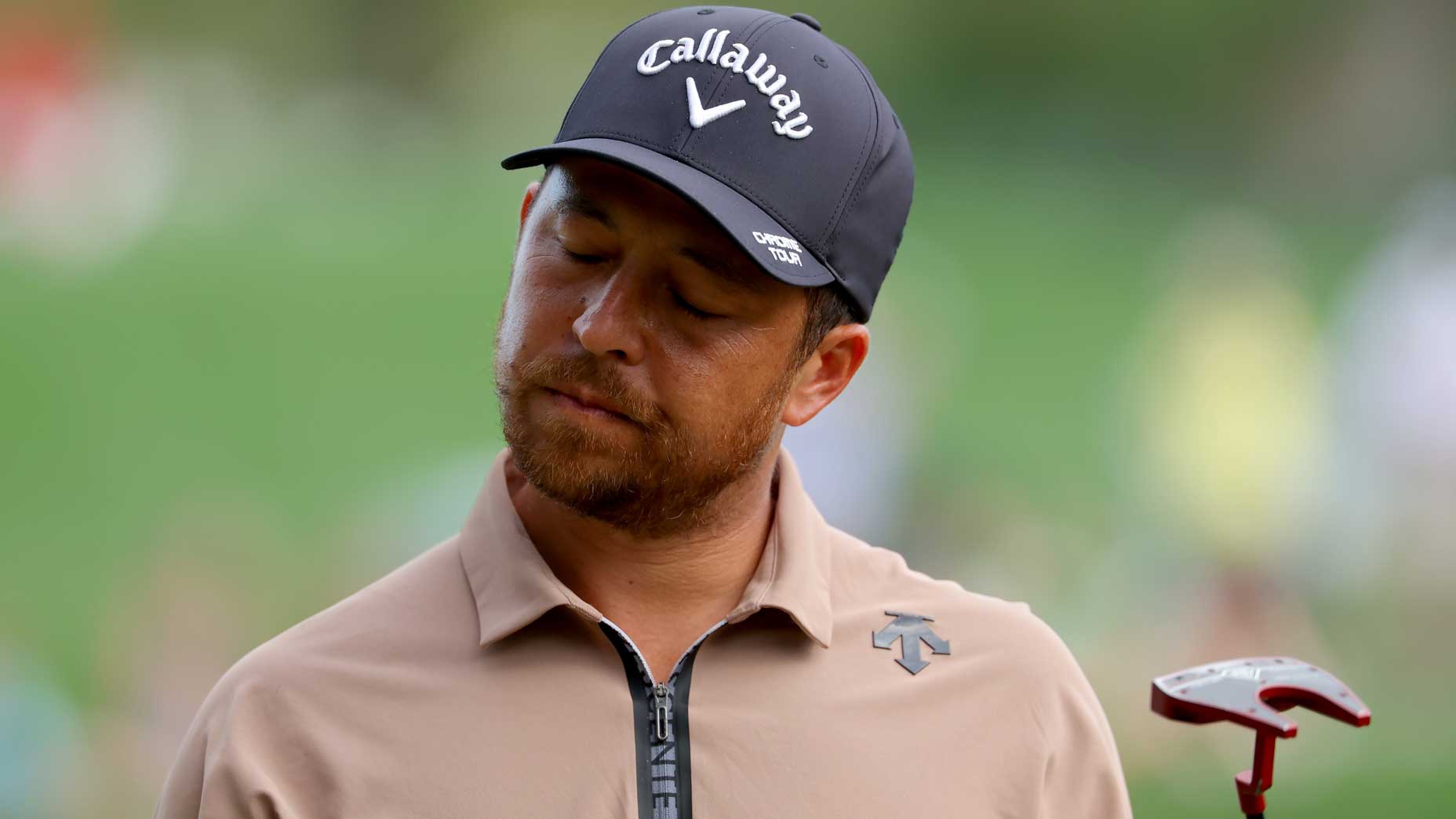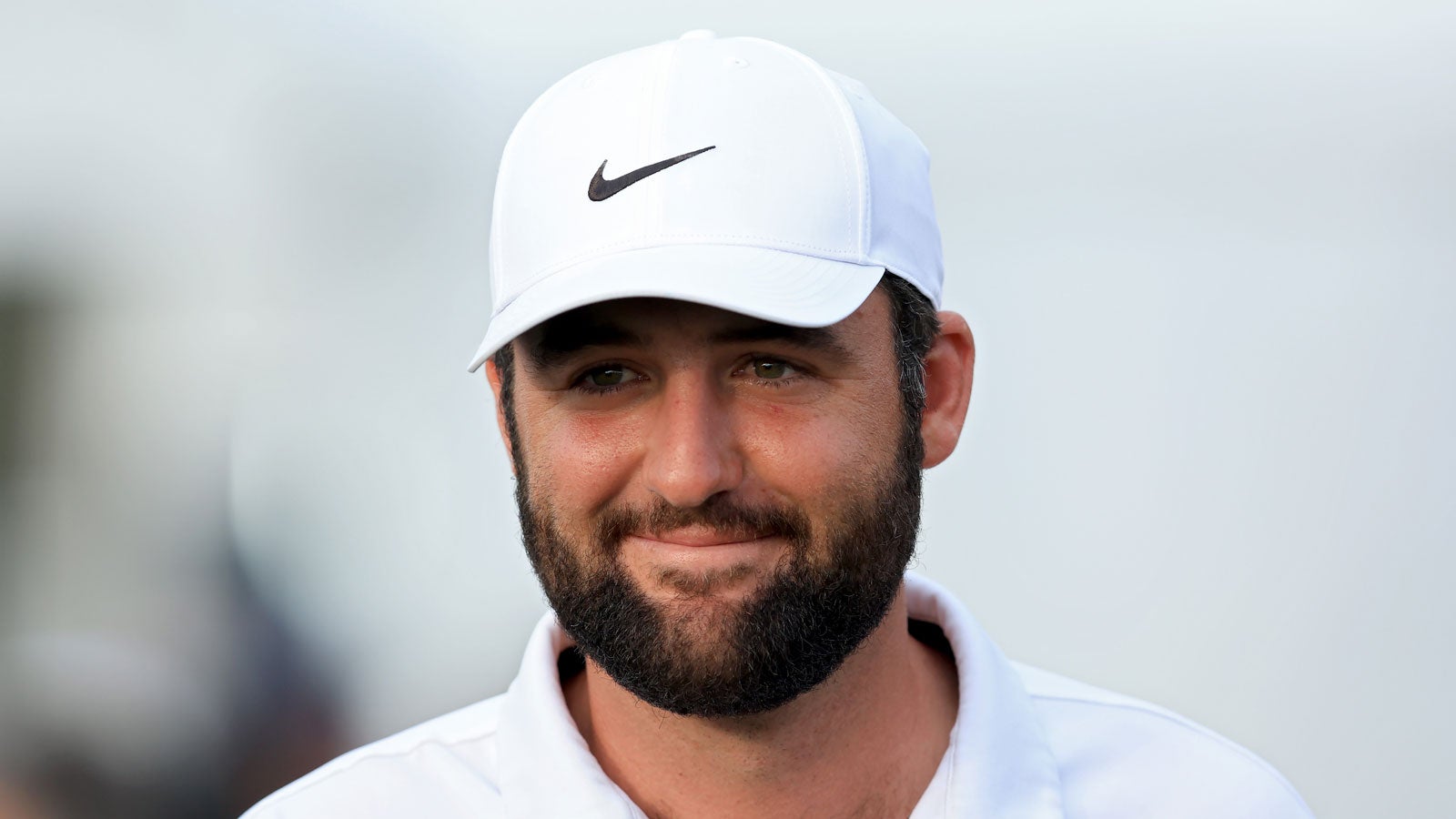‘There’s too many groups’: Pace-of-play concerns bubble over at Players Championship

The PGA Tour will face yet another Saturday cut at the Players Championship.
Getty Images
PONTE VEDRA BEACH, Fla. — Well before the horn blew on Friday afternoon, those on the ground knew what was coming.
The fans did laps around the Players Championship merchandise tent, selecting carefully to ensure they wouldn’t have to return later. The caddies moseyed up the fairways, pausing to gaze at the tee box ahead of them, and the one ahead of that. The players seemed unbothered. What were they supposed to do? On a slow golf course, any reaction besides divine patience gets rewarded with punishment. For a long while on Friday, this was how they moved — they’d hurry up and then they’d wait. The PGA Tour was headed for another Saturday cut.
The weather meant they never had a chance, anyway. Thunderstorms blew into the Jacksonville area on Friday afternoon and arrived just before dinner, washing away any shreds of hope that play would finish by the time the sun disappeared. But any rational observer would tell you that was never a reality to begin with. If lightning hadn’t suspended play, darkness would have. The Players was destined for a Saturday cut — the fifth consecutive on the PGA Tour — long before the first raindrop fell.
PGA Tour chief referee Gary Young addressed pacing concerns after play was called for the day. “There are so many situations that happen out there,” he told assembled reporters. “The pace of play has been just what we’ve expected. It plays anywhere from four hours and 55 minutes for the first groups, and looking at the results of yesterday’s, it got as high as five and a half hours.”
The pace might be what the Tour expected, but make no mistake, it’s not how it’s designed. Carrying rounds over from one day to the next creates logistical headaches for tournament organizers, missed viewership windows for tournament broadcasters, and most pressingly, competitive disadvantages for those competing inside the ropes. Those who will be forced to return on Saturday morning will find a different course than they would have on Friday evening. This week that’s an unavoidable consequence of the weather. But this season, it’s more than that.
When pressed on the issue, the Tour pointed to “time par” — a metric the PGA Tour uses to enforce pace of play relative to the historical tournament average. This tournament has remained within the historical averages, Young said, even if things have slowed as the day wore on.
“The lead groups on each nine, we hold them to time par,” Young said. “We hope that they’ll play in time par or less. If we hold them to that standard, everyone else’s job behind them is to stay in position with them. They’re leading the train on each nine.”
But time par isn’t infallible, particularly when play is so backed up all the way around the course. If everyone’s moving slowly, Young argues, it’s hard to enforce rules against anyone moving slowly. It’s mutually assured deceleration.
“They make the turn, and unfortunately, due to the fact that we do have the number of groups that we have playing, they will eventually run into the back of the pack on each nine,” Young said. “We warn them and we time them to keep the rack tight together.”
But those warnings, some of which have resulted in players being placed on the slow play “clock,” haven’t yielded faster playing averages, and they haven’t moved the Tour any closer to reaching a traditional Friday evening cutline. When weather forced the suspension of play around 4:30 p.m. Friday, the last groups still had 11 (!) holes remaining.
The Tour knows how a day can affect on-course performance. Last year’s Players was dominated by the tournament’s first wave, which yielded a considerable competitive advantage over those in the second wave thanks to that week’s weather. Even with Friday’s delay, the tee sheet at this year’s tournament won’t compare quite as dramatically, but consider Jon Rahm, who ended the PGA Tour’s longest made-cut streak on Friday when he withdrew with a stomach bug. How might his decision have changed if he’d known his group would only play 10 holes on Friday, instead of the customary 18?
All of this raises a simple but essential, question: to whom is the PGA Tour beholden: Its players or its tournaments?
“We’re a membership organization,” Young said. “We try to maximize the starts for our members. That’s always been a priority, and we just understand that we will, unfortunately, have to finish sometimes on Saturday morning. That’s just the way it is. The numbers are the numbers. It’s a mathematical equation. You can figure it out.
There’s just, you know, at times there is too many groups,” he continued. “We’re comfortable with that, and until that changes, we will continue doing that.”



